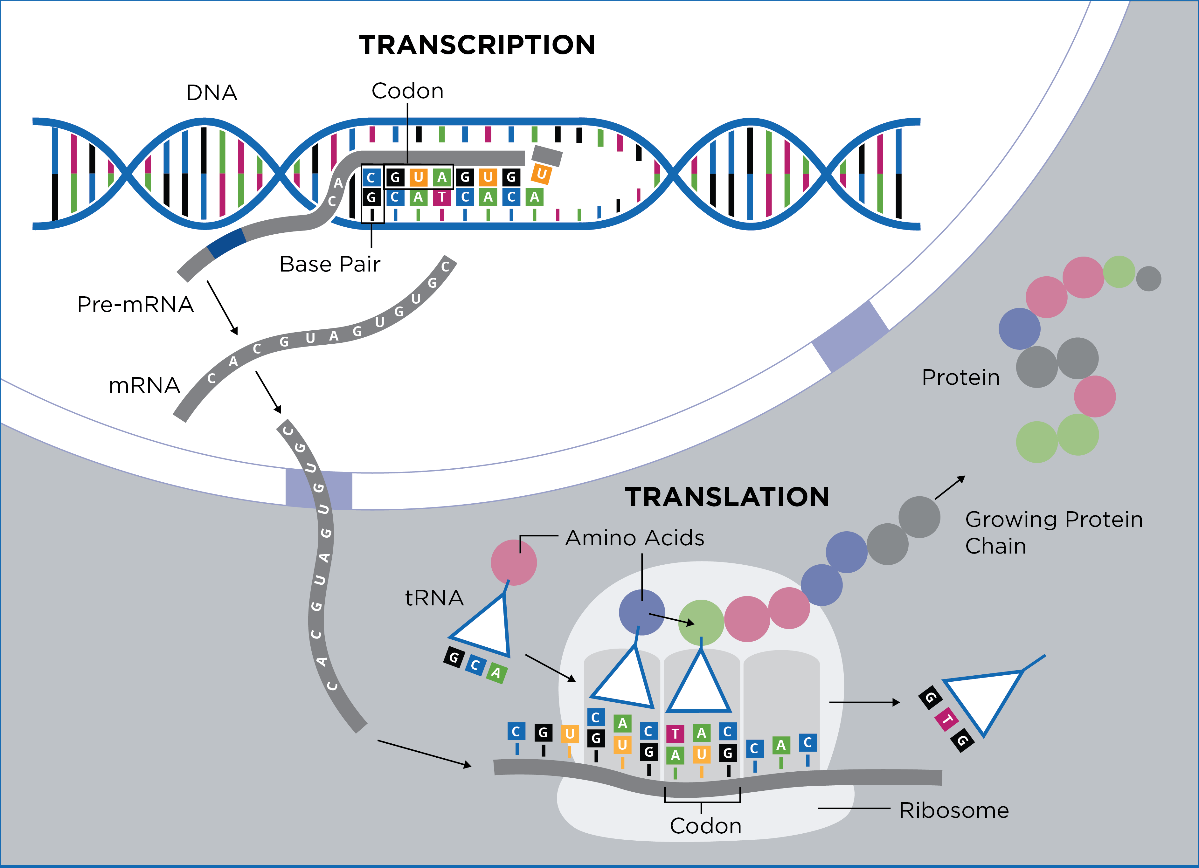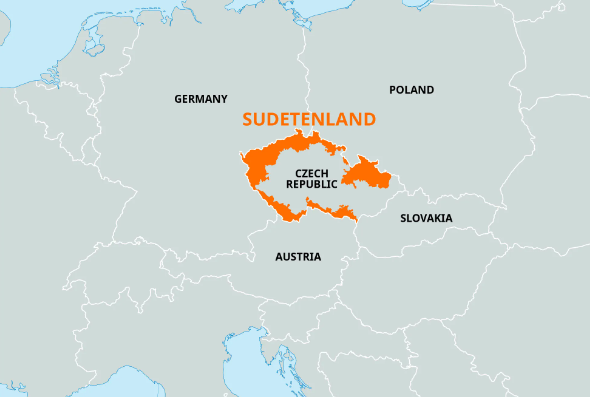Recently Indian Immunologicals Ltd (IIL) in collaboration with Griffith University has developed a live-attenuated needle-free intranasal booster vaccine targeting SARS-CoV-2.

References
The Digital Bus initiative has so far empowered young adults in remote areas with over three lakh beneficiaries.
References
On this day 85 years ago in September 1, 1939, German troops marched into Poland, triggering the beginning of World War II.

Reference
Indian Express | Munich Agreement
Recently The India Post Payments Bank celebrateed its 7th Foundation Day.
Payment banks are a new type of financial institution that was introduced in 2014 to provide basic banking services to people who are currently unbanked or underbanked.
|
DEPOSITS |
- Savings Account |
|
MONEY TRANSFER |
- Simple & Secure |
|
DIRECT BENEFITS TRANSFERS |
- MGNREGA |
|
THIRD PARTY PRODUCTS |
- Loans - Digital life certificates |
|
BILL & UTILITY PAYMENTS |
- Mobile and DTH recharge |
|
ENTERPRISE AND MERCHANT PAYMENTS |
- Postal products |
|
Key Achievements of India Post Payments Bank (IPPB) |
|
References
The Supreme Court of India has stayed a notification issued by the Ministry of AYUSH that removed Rule 170 from the Drugs and Cosmetics Rules, 1945.
|
Ayurvedic, Siddha and Unani Drugs Technical Advisory Board (ASUDTAB) |
|
Reference
Indian Express | Rule 170 of Drugs Act